Why Are Wooden Toys Better Than Plastic Toys?
- • 3 MIN READ 📖
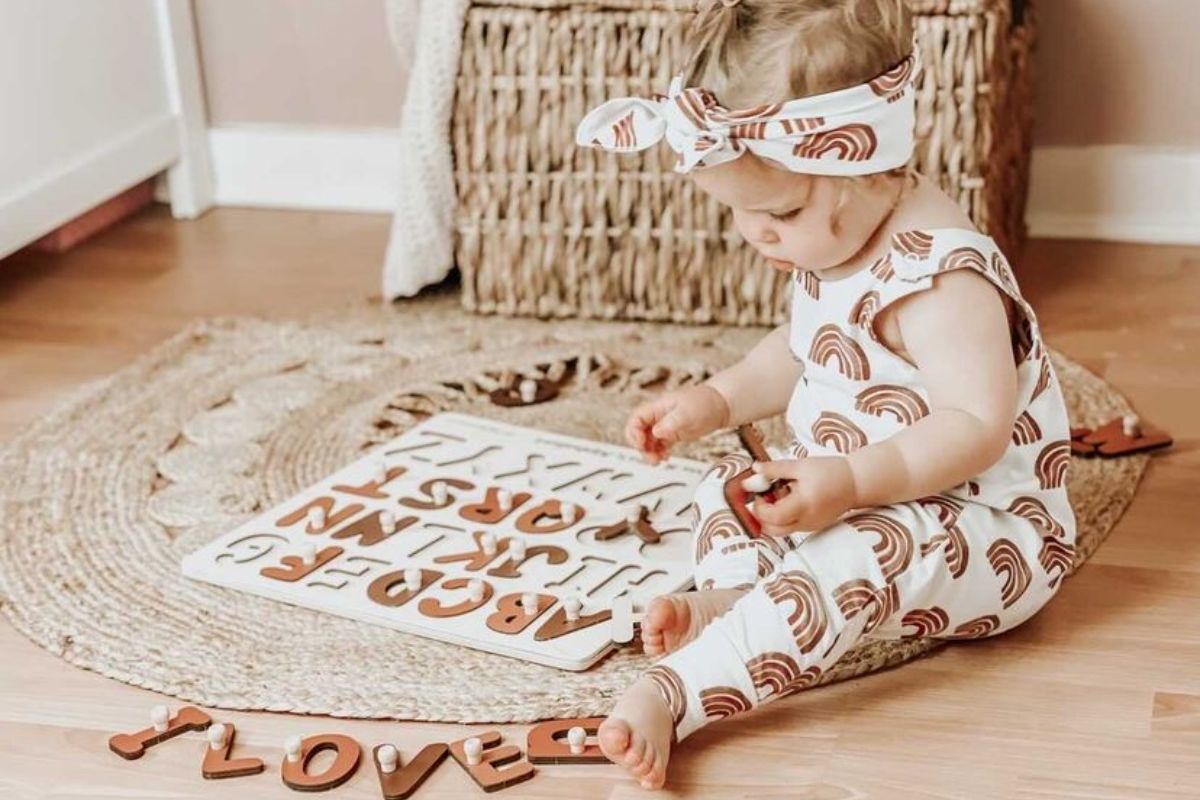
- Benefits of Wooden Toys
- Disadvantages of Wooden Toys
- Why Does Montessori Use Wooden Toys?
- Are Wooden Toys Better for the Environment than Plastic?
- Are Wooden Toys Better for Development?
- Are Plastic Toys Bad for Babies?
At СhildUniverse, we know that the issue of plastic waste is getting more and more serious. Whether it’s Christmas, Thanksgiving, Birthday, New Year’s Eve, or Easter, it is always a good excuse to buy a new made-from-plastic product. The brighter – the better.
But the question is – are wooden toys better than plastic?
In the wooden baby toys vs plastic dispute, the main argument is that children are usually at higher risk with plastic toys. They tend to insert tiny elements into their mouths, suck or chew them. As a result, toxins from plastic products are easily consumed. As loving parents at СhildUniverse, we researched the issue to find out that high quality wooden toys could be the answer. Science-based opinions included.
Benefits of Wooden Toys
There’s something soothing, enchanting, and comforting in wooden baby toys. They’re unique, simple, and beneficial for all areas of tot’s development. When it comes to the pros and cons, the benefits of wooden toys are real:

Lasting toys to pass down to the next generation of kiddos

Provide plenty of room for the child’s imagination to thrive

Reduce anxiety so you have a calm kid, as a result

100% safety with zero toxic substances used
Disadvantages of Wooden Toys
In the wooden toys vs plastic toys battle, eco-toys have the palm. However, nothing is perfect, which means wooden toys have their drawbacks too:

Cost more initially yet serve for generations

Develop mold if exposed to prolonged wetness, yet if used/stored properly, it never happens

Lack wow functions that e-toys have yet inspire tots to use their imagination
Why Does Montessori Use Wooden Toys?
“Your child doesn't need many or expensive toys, even toys at all!” said Maria Montessori. With that philosophy in mind, ChildUniverse handcrafts earth-friendly toys that are affordable in contrast to up-to-date electronic playthings. Why are wooden toys better? In our article, “Why Are Stacking Toys So Important for Child's Development?” we focus on the main wooden toys' benefits and their educational values. In short, a Montessori-inspired environment includes wooden playthings since they deliver independence, safety, and versatility, as well as “activate the child’s natural desire to learn.”

Are Wooden Toys Better for the Environment than Plastic?
Environmental sustainability is one of the issues that top the list of current global problems. Why are wooden toys better than plastic? Environmentally friendly and biodegradable, sustainable wooden toys can be recycled. Thus, instead of producing more and more rubbish, parents can purchase toys that will eventually give back to the environment. According to the “Playing for the Planet: Designing Toys that Foster Sustainable Values” research,
“instilling values in children at a young age is particularly important as it will help to encourage sustainable behaviors at an early, formative stage of life.”
Are Wooden Toys Better for Development?
Based on the “2024 Toy & Play Trends” report provided by the industry group The Toy Association, “playing with a purpose” leads to a deeper understanding of the curriculum.” One of the primary advantages of wooden toys is that there’s a purpose in every make-believe. Through playing, tots learn to nurture, solve problems, and care for others. This encourages development of emotional and social skills. Plus, parents wondering, “Are wooden toys better for development?” should keep in mind that wooden toys motivate kids to turn their creativity and imagination on while cultivating hand-eye coordination and motor skills. Finally, the “Physiological Effects of Touching Wood” study states that
“tactile stimulation by touching wood with the palm is considered to bring about physiological relaxation effects because wood is a familiar and representative natural material for humans.”
Are Plastic Toys Bad for Babies?
Picking a side in the wooden vs plastic toys debate, a lot of moms and dads are still wondering – are wooden toys safe for babies? According to the “Chemicals of Concern In Plastic Toys” research, over 100 chemicals were detected in plastic toys. Thus, in contrast to sustainable wooden toys, plastic alternatives can pose serious health risks to small users. 100% eco-friendly wooden products, in turn, contain zero fragrances and flame retardants being non-hazardous for the toddler's health.

OK, so are wooden toys better for babies? The answer is yes. They encourage and facilitate sensory play, as well as contribute to the healthy development of cognitive skills, reasoning, logic, and physical dexterity. Are wooden toys better for the environment than plastic? The earliest toys ever discovered are much easier to upcycle. In other words, the plaything your pumpkin will enjoy for a while is safe and will eventually be absorbed by the Earth. Win-win!


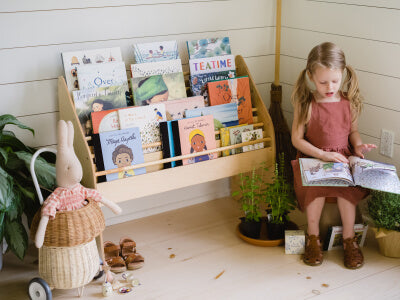
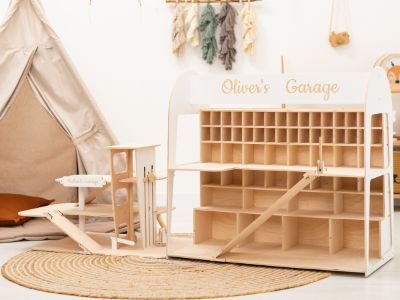

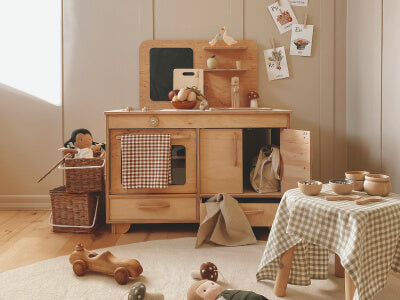
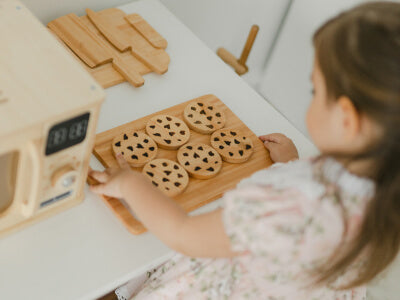
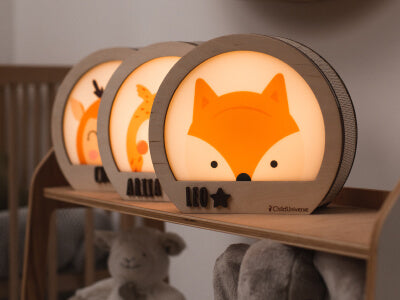
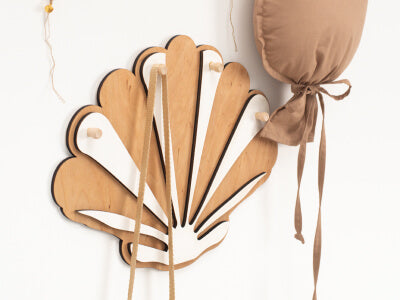
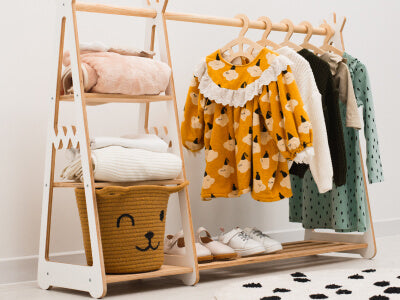
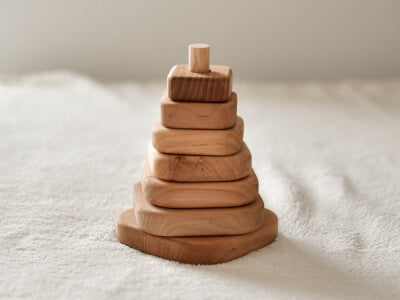
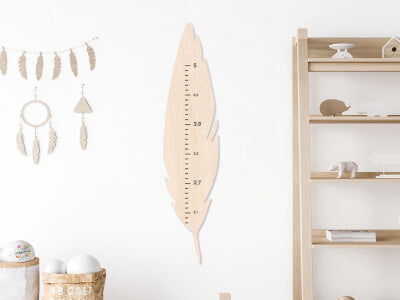
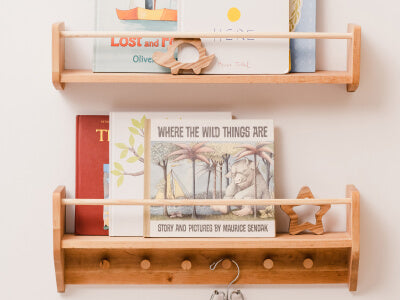
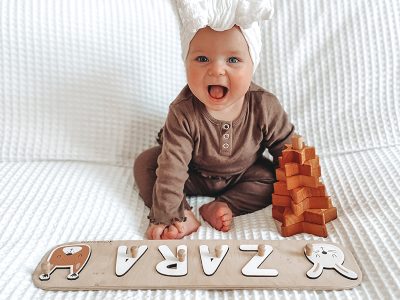
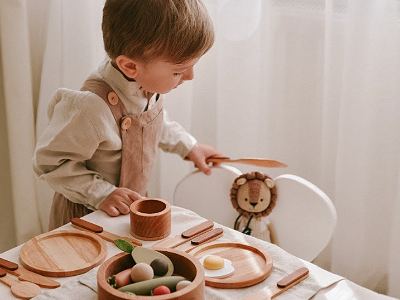
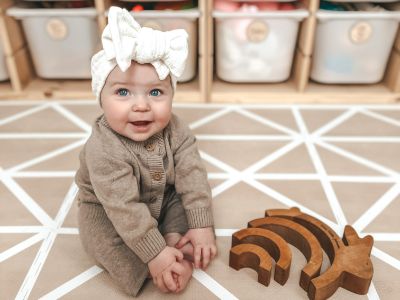
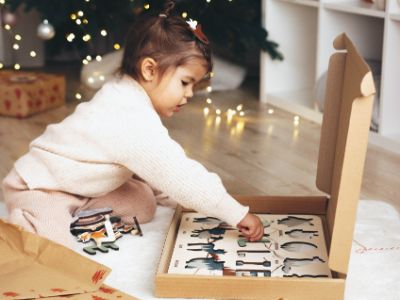
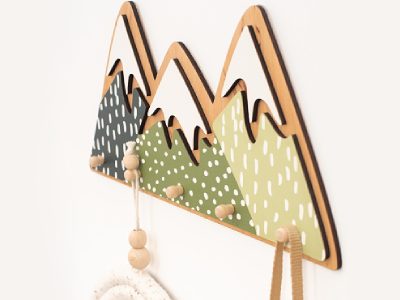
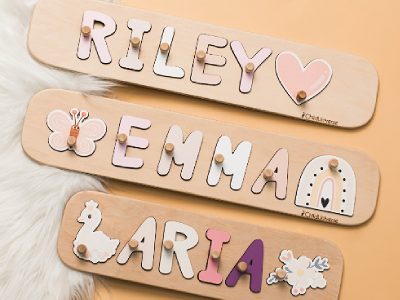
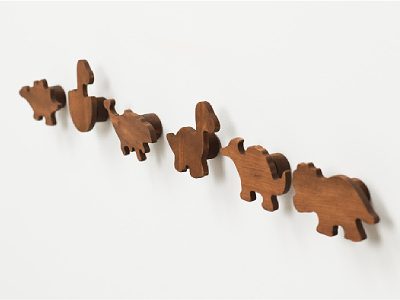
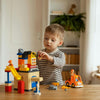
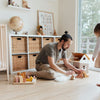



As a mom, I appreciate ChildUniverse addressing the environmental concerns related to plastic toys. The article not only delves into the advantages of wooden toys but also raises awareness about the impact of plastic on our planet. A crucial read for conscious parents!
Wooden toys are highly eco-friendly, which brings me great joy! I’ve grown tired of those plastic Chinese toys that contribute to pollution on our planet.
Wooden toys may be more expensive than their plastic counterparts, but they offer a level of quality and durability that’s worth the investment!
I can imagine that playing with wooden toys would have brought a different level of joy. There’s something about their tactile warmth, durability, and eco-friendly nature that plastic toys just can’t match.
It’s a pity that in my childhood, there were no wooden toys( All of them were exclusively plastic. I’m sure that playing with wooden toys would have been much more enjoyable – they are more pleasant to the touch, durable, and environmentally friendly.